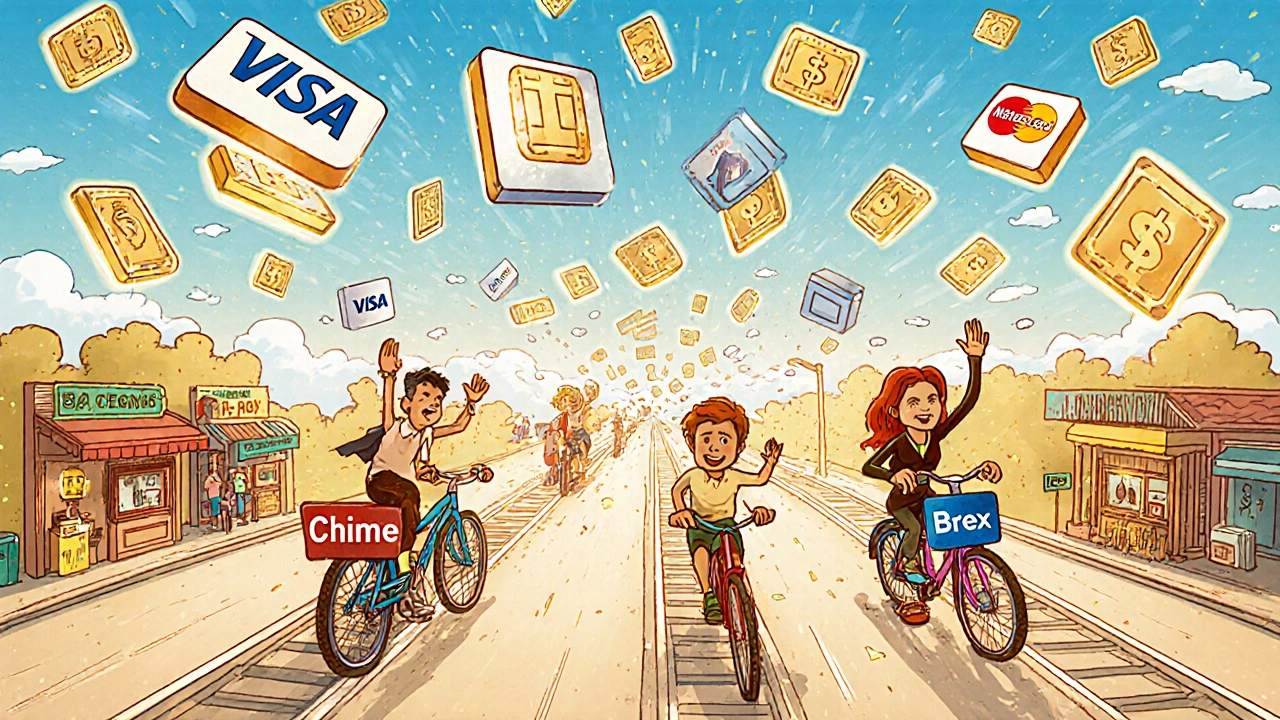Visa: How Payment Networks Power Your Spending and Investing
When you tap your phone or swipe a card, you're not just paying a merchant—you're triggering a complex chain of systems built around Visa, a global payment network that connects consumers, banks, and merchants to move money securely and instantly. Also known as a card network, Visa doesn’t issue cards or lend money—it’s the highway that lets your bank talk to the store’s processor, all in under a second. This isn’t just about convenience. It’s the backbone of every automated investment, every robo-advisor deposit, and every BNPL checkout you’ve ever used.
Behind every Visa transaction are three key players: your bank (the issuer), the merchant’s bank (the acquirer), and the network itself. When you buy something, the merchant’s system sends a request to Visa, which checks if your account has funds, approves or denies the move, and then coordinates the transfer. This whole process happens even if you’re buying a REIT ETF on your phone or paying for a subscription with a digital wallet. Visa’s network handles over 100 billion transactions a year—not because it owns the money, but because it makes trust scalable. That’s why platforms like PayPal, Apple Pay, and even crypto payment gateways still rely on Visa’s infrastructure to settle final payments in dollars.
And it’s not just for shopping. The same payment processing, the system that moves money from buyer to seller through banks and networks infrastructure powers automatic paycheck investing, emergency fund transfers, and even how fintech apps reconcile your spending in real time. If you use a budgeting app that connects to your bank, it’s pulling data from transactions that likely passed through Visa. If you trade on a platform that lets you deposit via debit card, Visa is probably the one making sure that cash arrives fast and safely. Even transaction flow, the invisible path money takes from your account to the recipient’s in a BOP insurance payment or a fintech referral bonus, follows the same rules Visa helped standardize worldwide.
What does this mean for you? If you’re building wealth online, you’re already using Visa—even if you don’t hold one of its cards. It’s the silent enabler behind your automated investing, your digital budgeting, and your ability to move money without waiting days. Understanding how it works helps you spot hidden fees, avoid processing delays, and choose platforms that integrate cleanly with the networks that actually move your cash. Below, you’ll find real breakdowns of how payment systems operate, how they affect your investments, and why the companies behind them matter more than you think.
How Fintech Companies Work With Payment Networks and Card Schemes
Fintech companies rely on payment networks like Visa and Mastercard to process card transactions. Learn how interchange fees, network rules, and certification impact their revenue-and why understanding these systems is critical for success.
View More